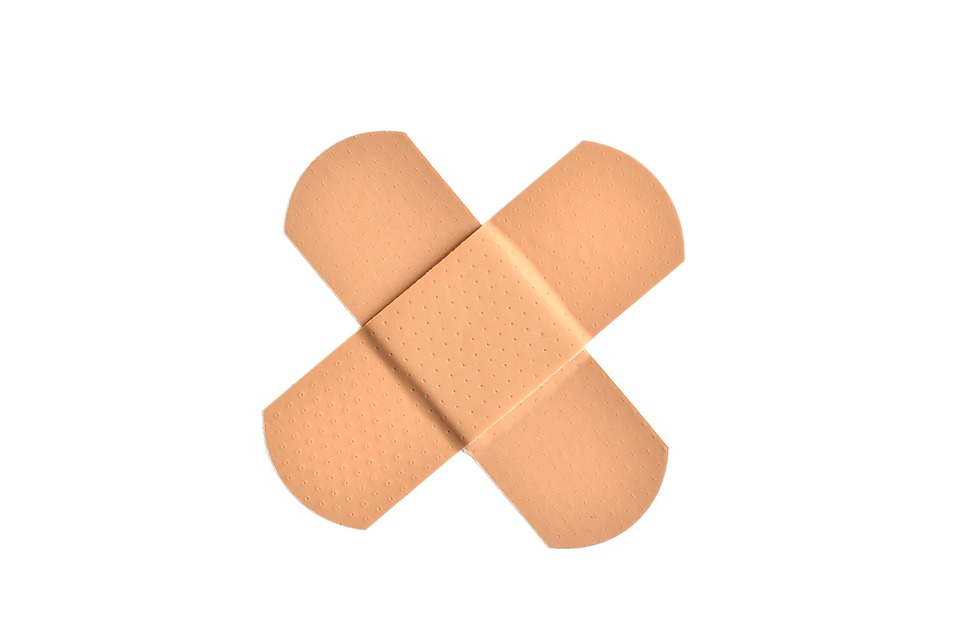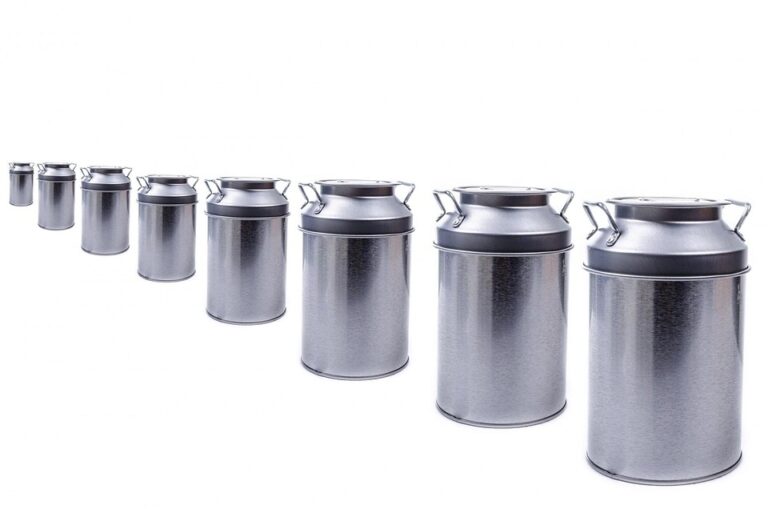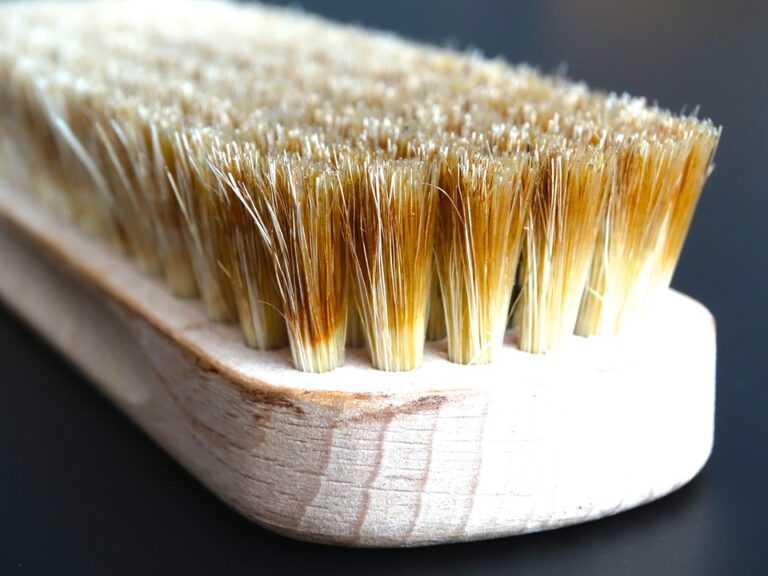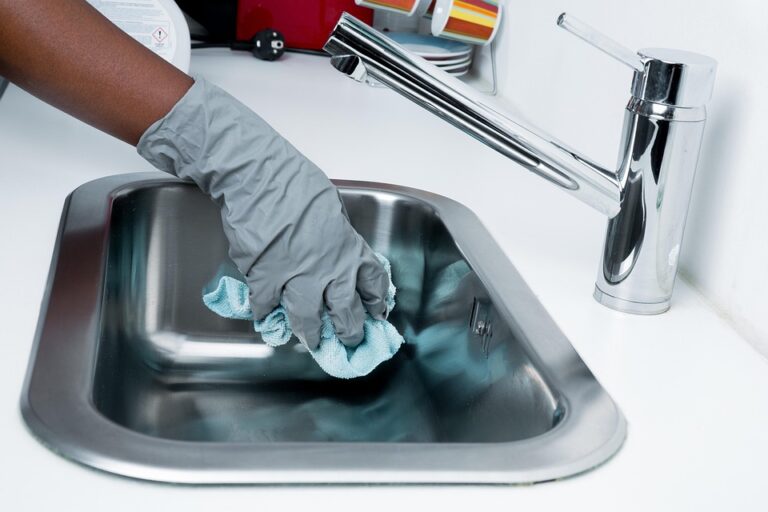
Choosing the Right Band-Aid: A Comprehensive Guide to Types, Uses, and Common Pitfalls
In the grand tapestry of life, minor injuries are inevitable. Whether it’s a paper cut from that pesky envelope or a more substantial scrape sustained during a spirited game of football, having the right Band-Aid on hand can make all the difference. Yet, with a plethora of options available, how does one choose the appropriate adhesive? This guide delves into the various types of Band-Aids, their uses, and the common pitfalls one might encounter.
1. The Spectrum of Band-Aid Types
Band-Aids, or plasters as we Brits affectionately refer to them, come in an array of sizes, shapes, and materials. Understanding these variations is crucial for effective wound care.
-
Standard Adhesive Bandages: These are your go-to for minor cuts and scrapes. Typically made from a fabric or plastic material with a cushioned pad, they offer a basic level of protection. However, they may not always be water-resistant, which can be a drawback for those who lead an active lifestyle.
-
Waterproof Bandages: Designed for moments when exposure to moisture is unavoidable, these Band-Aids are perfect for swimmers or those who work in wet conditions. They provide a secure seal that keeps the wound dry, reducing the risk of infection.
-
Antibacterial Bandages: Infused with antiseptic agents, these Band-Aids are ideal for individuals concerned about infection. They can be particularly beneficial for deeper cuts, offering an extra layer of protection.
-
Specialty Bandages: From blister pads to finger wraps, these are tailored for specific injuries. Blister pads, for instance, are thicker and cushioned to alleviate pressure, while fabric finger wraps allow for greater mobility without compromising protection.
2. When to Use Each Type
Selecting the right Band-Aid is only half the battle. Knowing when to employ each type is equally vital.
-
For Minor Cuts and Scrapes: A standard adhesive bandage will suffice. Clean the wound, apply a small amount of antiseptic cream, and cover it with the Band-Aid.
-
For Active Lifestyles: Opt for waterproof bandages if you anticipate exposure to water or sweat. This choice can prevent the plaster from peeling away prematurely.
-
For Potential Infections: In the case of deeper wounds or abrasions, consider using antibacterial bandages. The added protection can be invaluable, especially if you’re unsure about the cleanliness of the environment.
-
For Blisters: If you feel a blister forming, don’t wait for it to burst. Use a blister pad to cushion the area, allowing it to heal without further irritation.
3. Common Pitfalls to Avoid
Even the most seasoned Band-Aid user can fall prey to common mistakes. Awareness is key.
-
Neglecting to Clean the Wound: A hurried application without proper cleaning can lead to infections. Always cleanse the area with soap and water before applying any adhesive.
-
Ignoring the Expiry Date: Yes, Band-Aids do have a shelf life! Expired plasters may not adhere properly or could potentially carry bacteria. Always check the date before use.
-
Overusing Band-Aids: While it might be tempting to slap a Band-Aid on every scrape, overuse can lead to skin irritation. Allow your skin to breathe when possible, especially for minor wounds.
-
Not Monitoring Wound Healing: It’s easy to forget about a covered injury. Regularly check the wound for signs of healing or infection, and replace the Band-Aid as necessary.
Final Thoughts
Navigating the world of Band-Aids doesn’t have to be an arduous task. With a bit of knowledge about the types available, their appropriate uses, and the common pitfalls to avoid, one can become adept at wound care in no time. Remember, the right Band-Aid not only provides protection but can also promote healing.
For those who are keen on making informed choices for everyday products, BargainsTrust continues to bring you selections that elevate your shopping experience. Stay tuned for more insightful recommendations and tips!






